Getting Descriptive Using 'de'
'de' is used to make more complex descriptions, what we call "descriptive clauses". It will often appear in phrases like: "The man who went to China" "places that are really hot" "dogs with lots of hair". The words you see highlighted in red, like who, that, and with are where "de" comes into the sentence.
While these phrases are really important, they are not complete sentences, they are basically really descriptive subjects. Below, we separate these "descriptive clauses" by complexity:
|
Adjective + de + noun In these types of sentences, you simply have an adjective followed by "de" + noun. Noun could be the subject, object, place. |
|
Wǒ xiǎng mǎi yītiáo piàoliàng de qúnzi. 我想买一条漂亮的裙子。 I want to buy a pretty dress. |
|
Hěn gāo de nánrén zài chànggē. 很高的男人在唱歌。 The men who is tall is singing. |
| Note 1: We normally don’t like to have monosyllable as a description, so we will add an intensifier like “hěn” for these one-word adjective. For example: hěn shòu de nǚrén, hěn dà de gōngyuán, hěn shuài de gǒu. |
|
wǒ xiǎng mǎi yīzhī hěn kěài,yǒudiǎn pàng de gǒu. 我想买一只很可爱,有点胖的狗。 I want to buy a cute and a bit fat dog. |
|
Nàge yòu gāo yòu shuài de nánrén zài gōngzuò 那个又高又帅的男人在工作。 That both tall and handsome man is working. |
| Note 2:We can just use a "de" or comma/pause to connect multiple descriptive phrases. But when two adjectives are both positive or negative,we can use “yòu...yòu...” |
|
Phrase + de + noun In these types of sentences, you simply have an entire phrase followed by "de" & a noun. In this case, the entire phrase is describing our person, place, or thing. Think of " adjective/phrase + de + noun" phrases as a single entity. Breaking the english sentence down into its typical "Subject + Time + Location + Action + Object", where each of those can be attached with descriptors. |
|
zhège chuān hóngsè yīfú de nǚrén shì wǒ de māma. ——>This women who wears red clothes is my mom. → (”wear red clothes de women”) 这个穿红色衣服的女人是我的妈妈。 |
|
dài hēi màozi de nǚrén zài hē kāfēi. ——>The women who wears black hat is drinking coffee. → (”wear black hat de women”) 戴黑帽子的女人在喝咖啡。 |
|
Note1: chuān is used for clothes, like coat, dress; while dài is used for accessories, like hats, masks. Note2:Here, when we talk about color of clothings, we normally drop "de". Like, hēi màozi = hēisè màozi = hēisè de màozi. |
|
wǒ xǐhuān měitiān dōu xué zhōngwén de rén. ——> I like people who like to study Chinese everyday. → (”everyday study Chinese de people“) 我喜欢每天都学中文的人。 |
|
Wǒ xǐhuān zài piàoliàng (de) yǒu hěnduō shū de kāfēidiàn kànshū. ——> I like to read books in beautiful coffee shops with lots of books. </我喜欢在>我喜欢在漂亮(的)有很多书的咖啡店看书。 |
|
Nàge tóufà hěnduǎn (de) hěnshuài de nánrén shì wǒ de gēge. ——> That handsome man with short hair is my older brother. 那个头发很短(的)很帅的男人是我的哥哥。 |
| Note 3: If the structure of descriptive phrases is different, like “piàoliàng” is an adjective,“yǒu hěnduō shū” is a phrase, we can also connect multiple descriptive phrases with a "de" or comma/pause. |
Asking “what kind of” with “shénme yàng de noun”
|
Nǐ xǐhuān mǎi shénme yàng de bāo? ——> What kind of bag do you like to buy? Wǒ xǐhuān mǎi yòu dà yòu piàoliàng de bāo. ——> I like to buy the bag that is both big and pretty. |


